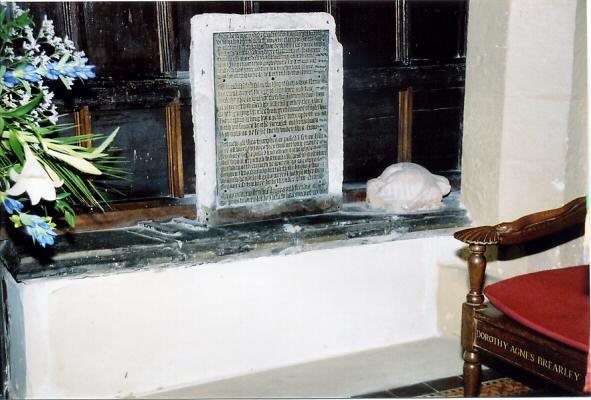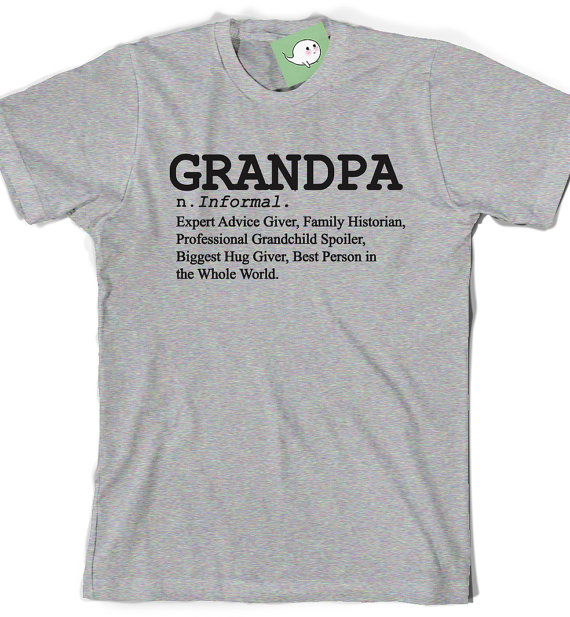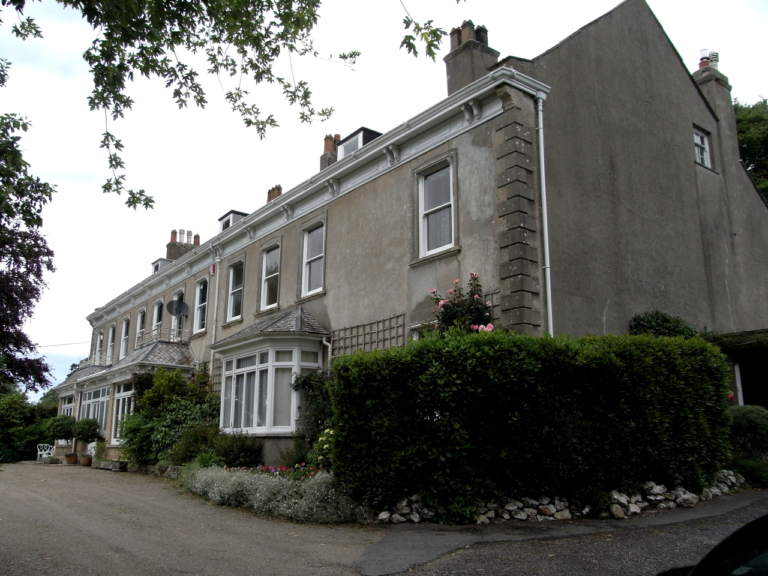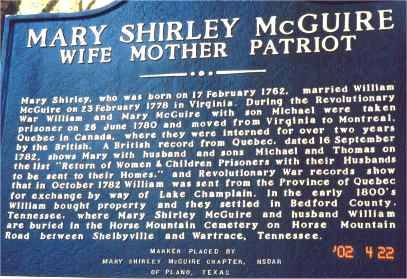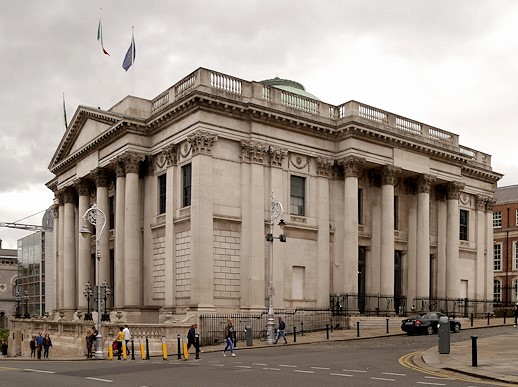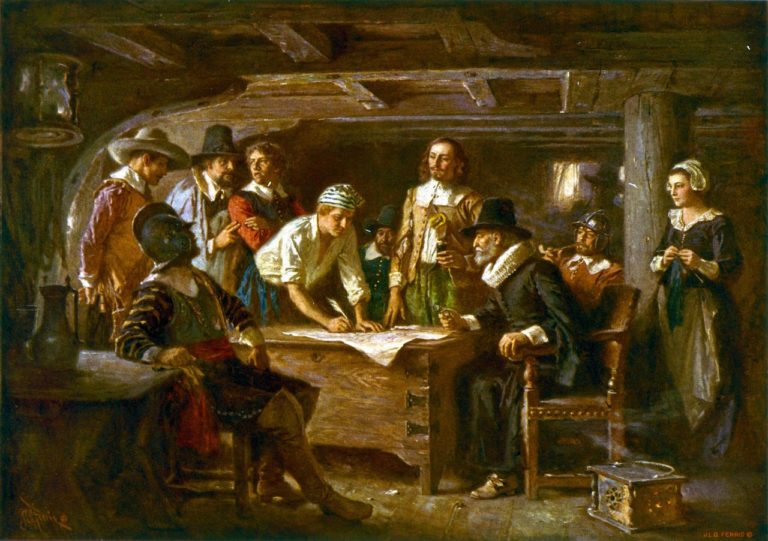We do not know whether anyone has ever died from this particular cause in England and Wales as we do not hold that level of detail for earlier mortality data.”
-
-
Words From your Grandpa
Words from your grandpa may go unheeded and I really don’t anticipate that my grandchildren will ever read these words but I plan to tell them anyway. Being a grandparent is an awesome thing that happens to a person. It is kind of like a reward for enduring the parenting years. I never dreamed of…
-
Memory Man Series
Memory Man Series. First: RECOMMENDATIONS for my next read? I have completed the Memory Man series with the other four that followed. Although each book has similarities in its characteristics as to how they are laid out, they are all worthy of read. If you liked Memory Man, then these are good enough…
-
Tom’s Library Shelf
On the first play of his first game, Decker got hit so hard, he got knocked out and broke both legs
-
Whitaker Family Brood
Edith Eugenia (Whitaker) Meeker was born in 1900 and attended school in the Manito/Forest City area. She married Sam Meeker October 6, 1920. She supported her husband in his farming endeavor and was a loving and devoted wife and mother.
-
English Royalty
Finding Family on Friday The Chichester Family of England How did we get here? This is not from the Knuppel line but from my mothers as her maiden name was Sawrey. Her grandmother was a Virginia “Jennie” Hensley. It was John Hensley, my 12th great grandfather, that married Margaret Chichester. This is her…
-
Ancestral Stories- Revolutionary War Lt Michael Shirley
My 5th Great grandfather Lt Michael Shirley
-
Ancestral Stories- Mayor of Dublin
Bartholomew Ball was Mayor of Dublin in 1553–54. He is my 12th Great Grandfather and comes through my mothers side of the family and more specifically a descendant of the Seagraves line. He was the son of Thomas Ball and Margaret Birmingham. The Ball family owned lands in Dublin at Ballygall near Glasnevin and operated…
-
Ancestral Stories- Running Away and the “Lynch Laws”
This is another story about my ancestors.
-
Ancestral Stories – Four More Family on the Mayflower
In my last writing about the relatives on the Mayflower, which you can find HERE, I talked about William Bradford and mentioned he worked with William Brewster. This is about Brewster and his trip aboard the ship “Mayflower.” On that trip he brought his wife and two sons. Yes, they were actually named Love and…

